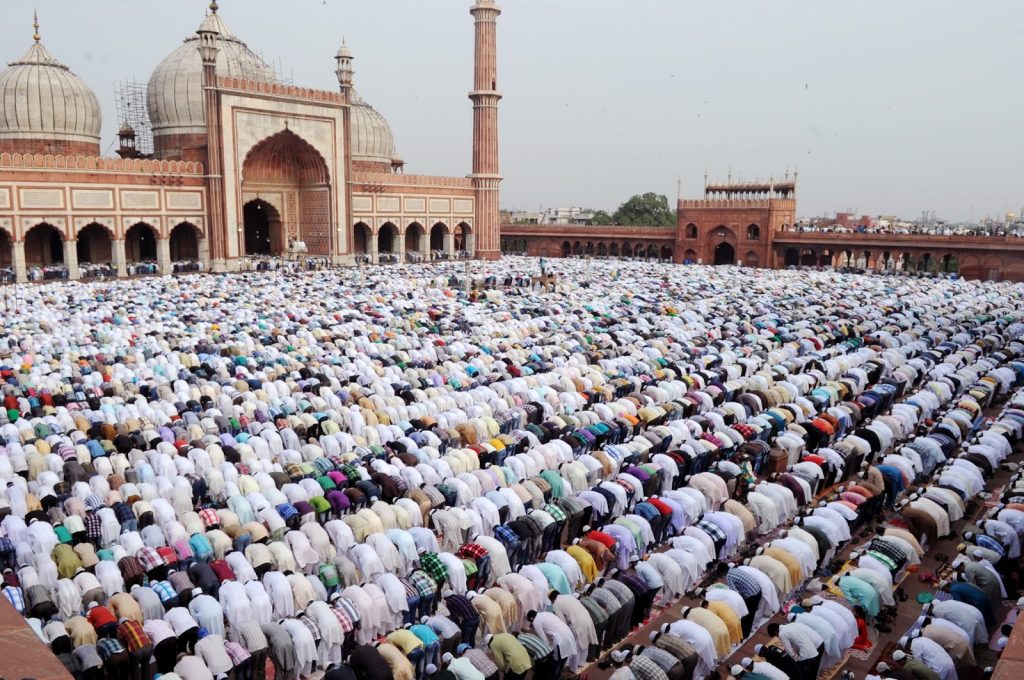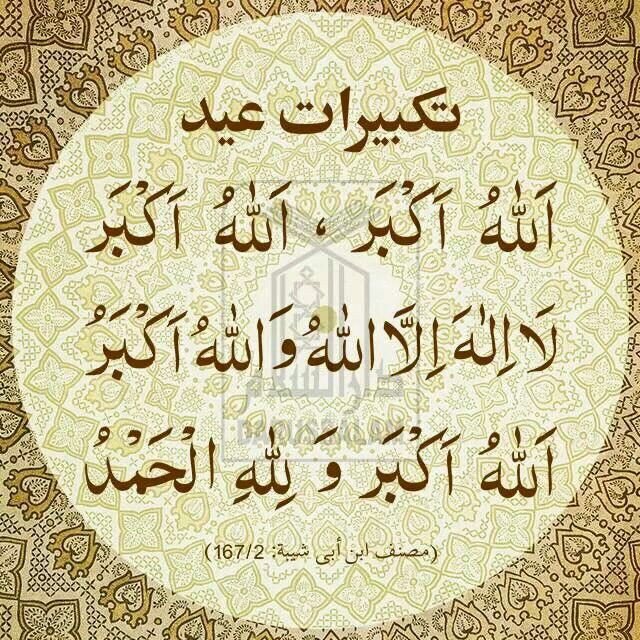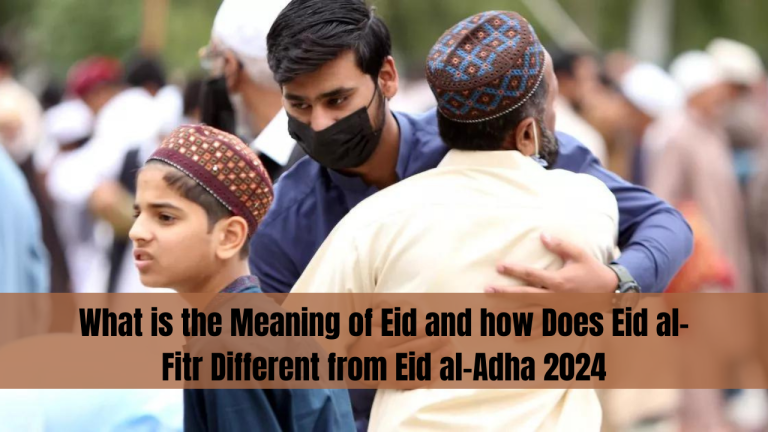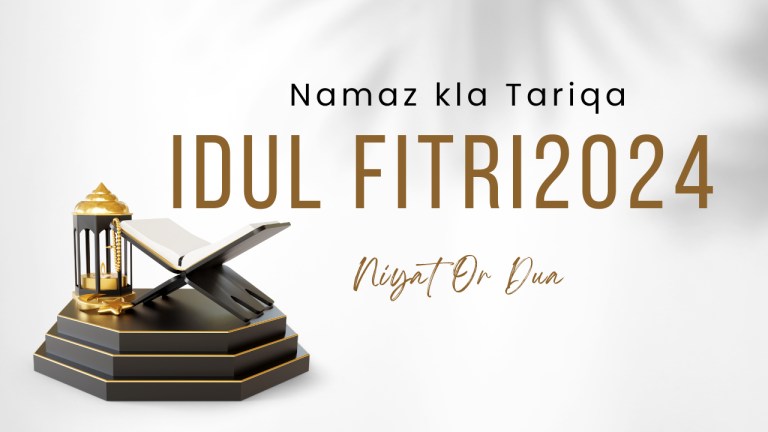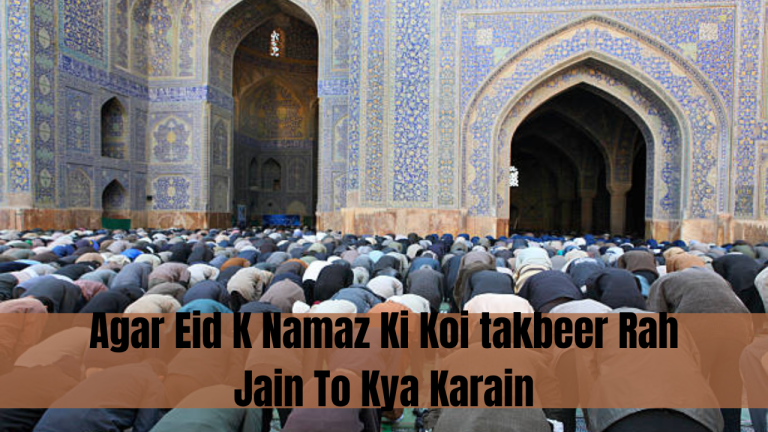Eid-Al-Adha 2024 k Namaz ka Tariqa Niyat ur Dua
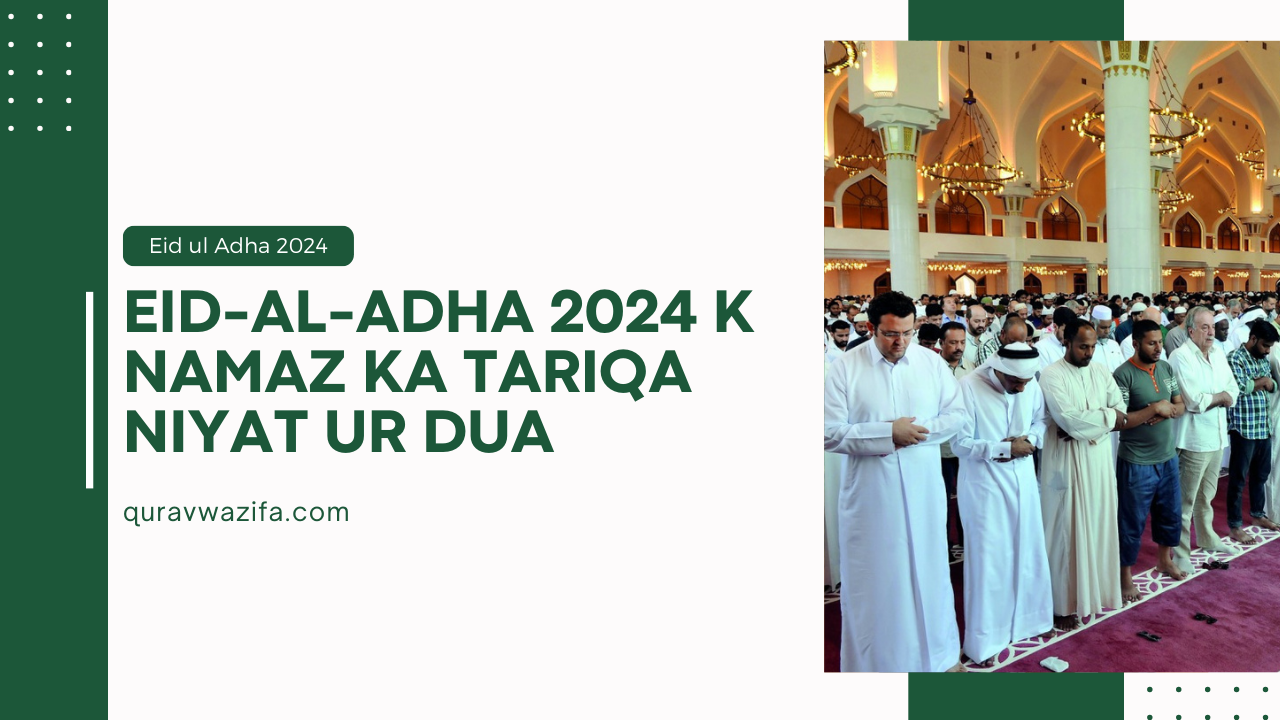
Eid-Al-Adha 2024 k Namaz ka Tariqa Niyat ur Dua Muslims globally are observing the festival of Eid-ul-Adha, also referred to as Bakrid, Eid-al-Adha, or Eid ul Zuha in Arabic. This “festival of sacrifice” holds significant importance among Muslims and commemorates the sacrifice Prophet Ibrahim made as a demonstration of his unwavering faith in Allah.
God had instructed Ibrahim to sacrifice his only son as per Allah wish, and Ibrahim agreed. Witnessing his profound faith, God intervened, substituting the sacrifice with a lamb.
Consequently, every year on the 10th of Dhul Hijjah, Muslims worldwide observe Eid ul Adha, a three-day celebration. The specific dates of Eid al-Adha vary among countries due to differences in geographical locations.
As per the Islamic lunar calendar, Eid-al-Adha falls on the 10th day of Dhu al-Hijjah.
For Muslims, festivities on Bakrid commence with the offering of prayers to Allah. Therefore, Salat al-Eid is dedicated to Allah on this occasion, distinguishing it from the regular daily prayers. Continue reading to understand the specific manner in which Salat al-Eid is to be performed.
Performing Eid-Ul-Adha Prayers at Home
The prayer, known as Salat al-Eid or Eid prayer, holds a central place in the celebration of Eid-ul-Adha. When performed at home, the prayer follows a structured format. Family members gather in a clean and designated prayer space, and the prayer is led by an adult male member acting as the Imam.
The prayer begins with the intention for Eid, and it consists of two Rakahs (units of prayer). Before the prayer starts, the Imam makes additional Takbirs (saying “Allahu Akbar” – Allah is the Greatest), typically seven in the first Rakah and five in the second Rakah. This is followed by the recitation of specific verses from the Quran, known as Surah Al-Fatiha and another Surah.
After completing the prayer, the Imam delivers a short sermon, known as Khutbah, which emphasizes themes of gratitude, sacrifice, and community. The sermon is an essential part of the Eid-ul-Adha prayer, providing spiritual guidance and reflection for the gathered community.
Performing Eid-ul-Adha prayers at home allows for a more intimate and familial atmosphere while still preserving the core religious elements of the celebration. It signifies a shared commitment to faith within the family, and the prayer serves as a moment of unity, gratitude, and reflection on the significance of sacrifice in the Islamic tradition.
Takbirat Eid-Ul-Adha
First Rakah of Eid-ul-Adha
After forming the congregation, adhere to this step-by-step guide for performing Eid ul-Adha salah at home
- Initiate with Ghusl
- Wudhu for Salah
- Recite Niyyat
- Takbiratul Ihram and Dua
- Commence Salah
- Complete the First Rakat
- Stand and Recite Sami Allahu liman Hamidah
- Perform First Sujud
- Kneel and Recite Dua
- Second Sujood
Second Rakah Of Eid-ul-Adha
Here a guide for the second Rakah of Eid-ul-Adha.
- Begin Second Rakah
- Takbir and Recitation
- Complete the Second Rakat
- Tashahhud
- Supplication (Dua)
- Ending the Salah
Eid-ul-Adha Calibrating Benefits
Spiritual Enrichment
The festival offers a time for spiritual reflection, allowing Muslims to deepen their connection with Allah and reaffirm their faith.
Community Solidarity
Eid-ul-Adha promotes a sense of unity and communal solidarity as Muslims worldwide come together to celebrate a shared religious occasion.
Charitable Acts
The act of sacrificing an animal and distributing its meat to the less fortunate fosters a culture of generosity and charity, fulfilling one of the pillars of Islam.
Family Bonds
Celebrating Eid-ul-Adha with family strengthens familial bonds, providing an opportunity for quality time and shared traditions.
Expressing Gratitude
The festival encourages gratitude towards Allah for His blessings and serves as a reminder of the importance of gratitude in everyday life.
FAQs About Eid-ul-Adha
Q) When is Bakra Eid in 2024 in Pakistan, India, Bangladesh, and Other Countries?
Ans:- The celebration is expected to begin on the evening of June 16th, 2024, for the Arabic world.
Q) Why Does Eid ul-Adha Date Vary Among Countries?
Ans:- Eid-ul-Adha dates vary due to differences in geographical locations and the sighting of the moon, as the Islamic calendar is lunar-based.
Q) How is Eid-ul-Adha Prayer Performed at Home?
Ans:- Performing Eid-ul-Adha prayers at home involves family members gathering, led by an adult male as the Imam. The structured prayer includes specific Takbirs, Surah recitations, and a short sermon.
Conclusion
Eid-ul-Adha, celebrated globally, honors Prophet Ibrahim sacrifice, emphasizing faith and divine intervention. Muslims observe this “festival of sacrifice” by offering prayers and performing rituals. The specific dates vary worldwide. In 2024, Bakra Eid begins on June 16th. Celebrating at home fosters intimacy, family unity, and a shared commitment to faith, encapsulating the festival spiritual essence and enduring significance.
